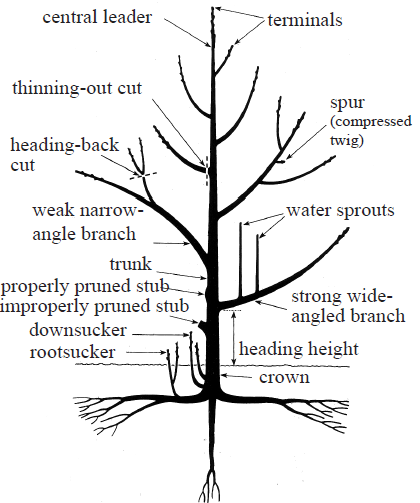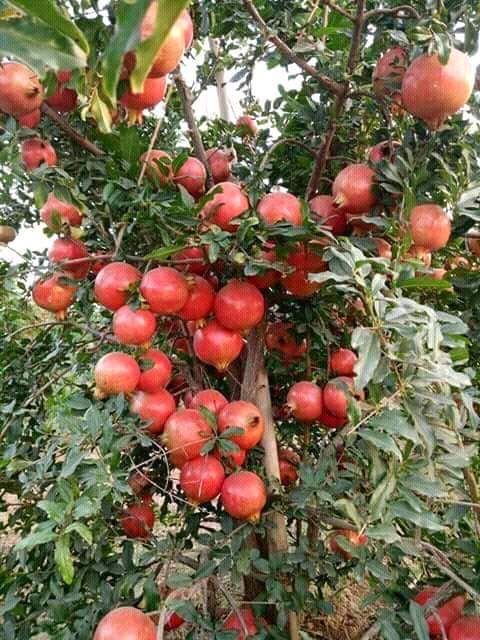In Kenya, mango farming is done mostly in the eastern parts of the country and the coastal strip. Ripe fruits are consumed raw as desserts, or processed into fruit juices as and other products.
Mango varieties
In Kenya, the arid Eastern region leads in producing of all mangoes grown at 61 percent, followed by Rift Valley standing at 30 percent and Coast closely at 28 percent. As the numbers indicate farming of mangoes has become popular with the locals. Regardless of the popularity, only a handful of consumers and potential growers are familiar with the characteristics of the variety of cultivars that are available. Some of the characteristics that apply in differentiating varieties are the aroma, color, content, fiber, fruit shape, size, sweetness, seed size, taste, and resistance to diseases.
There are two types of mango varieties grown in Kenya i.e. the local and the exotic varieties. Exotic mangoes are grafted on the local varieties. Mango tree grafting is the most reliable and economical method of mango propagation.
Exotic varieties include
- Apple,

Tommy Mango seeedlings - Tommy and
- Kent among others.
Proper selection of a mango cultivar for production has to take into account the following criteria:
- good adaptation to the local conditions (e.g. rainfall and dry periods)
- alternation of flowering and fruiting
- tolerance to pest and disease infections
- designated use and market requirements
Spacing for Mango Farming
The spacing varies from 10 X 10 M to 13 X 13 M. In dry areas, the spacing should be 10 X 10 M due to less growth. But, in heavy rainfall area & fertile soil, the spacing should be 13 X 13 M due to higher physical growth.
If your soil is infertile, then it must be supplemented at the time of planting. First, prepare a suitable pit for this. Then, add about 25 kg of farmyard manure along with 3 kg of Super Phosphate and one kg of Potash.

The row spacing (about 10 m) along with tree spacing (around 5 m) is supposed to be the best mango tree plantation distance. By this, you can easily plant around 70 mango plants per acre, which is considered as average mango plantation per acre.
Adding to it, one can also go for ultra-high-density mango plantation for more fruit production.
Irrigation in Mango Farming
Mango trees need less water than other commercial fruit tree farming like banana farming. Mango farm should be irrigated at an interval of two to three days, in the first year of your mango farming business. However, at the stage when they start to bear fruit about two irrigations are required.
You must give water to the fruits bearing plant at an interval of 10 – 15 days. Irrigation should be stopped after their full growth. Take proper care during the flowering stage. During this stage, stop giving them water. However, if irrigation does not stop, it may lead to bad quality mango fruit production.
How much water does a mango tree need?
Well, it all depends on the type of soil, on which you are growing along with the growth of your mango tree. Giving frequent water to mango tree, after the plantation, at the time of flowering and fruit bearing stage is the best possible way to get good quality mangoes.




